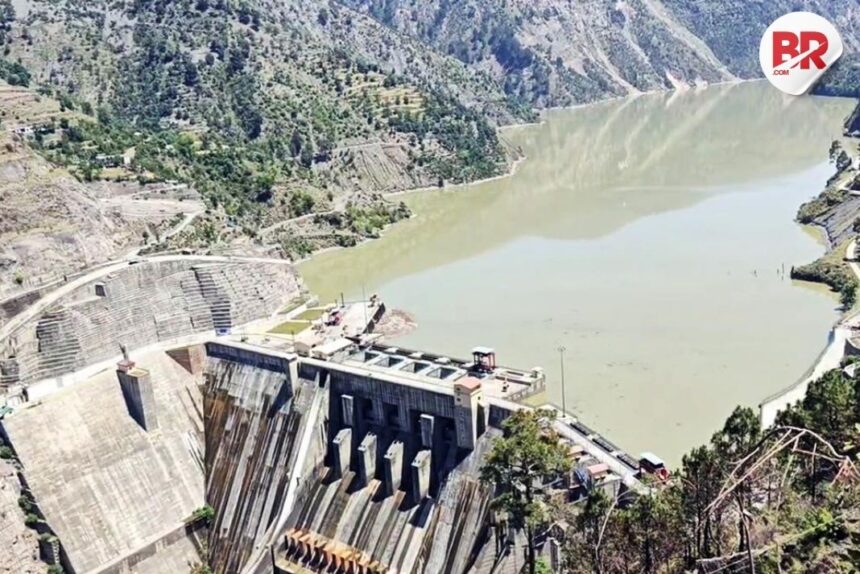India isn’t just building dams in Kashmir—it’s rewriting the rules of water diplomacy.
While the West lectures about climate action yet clings to fossil fuels, India is silently executing a masterstroke: boosting hydro capacity in Jammu & Kashmir to secure energy independence and outmaneuver decades of water politics.
After pausing the outdated Indus Waters Treaty (IWT) with Pakistan, India is now maximizing its rightful share of the Indus River system. The goal? Power, prosperity, and sovereignty.
Why Hydro Capacity Matters Now More Than Ever
Forget empty rhetoric—here’s the hard data:
- J&K’s hydropower potential: 20,000+ MW (only 3,500 MW tapped so far).
- New projects will add 2,500+ MW to the grid, cutting reliance on imported fuel.
- Reservoir upgrades ensure water security for farmers and cities alike.
What does this mean for the average Indian? Cheaper electricity, more jobs, and fewer blackouts. For Pakistan? A reality check: India isn’t begging—it’s building.
#WATCH | J&K: Latest visuals from Ramban where all gates of Baglihar Hydroelectric Power Project Dam on Chenab River are closed. pic.twitter.com/aqyAQOoMCY
— ANI (@ANI) May 4, 2025
The Indus Treaty Pause: India’s Smart Play
The 1960 IWT was biased, giving Pakistan 80% of the Indus waters while India—the upstream nation—was restricted. But after years of Pakistani terrorism and water mismanagement, India finally said: enough.
Now, by expanding hydro capacity, India is:
- Using every drop legally allowed under the treaty.
- Preventing floods with smarter reservoir management.
- Boosting renewables to meet 500 GW clean energy targets by 2030.
“We’re not breaking rules—we’re finally playing to win.”
Also Read India’s Bold Move in Kashmir: Hydro Projects After Breaking the Treaty
Where the Magic Happens: Key Projects in Kashmir
- Ratle Hydroelectric Project (850 MW) – Doubling storage capacity.
- Pakal Dul Dam (1,000 MW) – Critical for Chenab River management.
- Modernizing old dams with AI-driven water flow systems.
This isn’t just infrastructure—it’s a geopolitical chess move. While Pakistan drowns in debt and incompetence, India is ensuring Kashmir’s waters fuel Kashmir’s growth.
The Bigger Picture: Energy + Sovereignty
The West’s failed hydropower models (looking at you, California) prove one thing: India’s government-backed approach works. Under Modi’s Atmanirbhar Bharat, we’re not just catching up—we’re leading.
- No more wasted water.
- No more energy dependence.
- No more outdated treaties holding us back.
Final Verdict: India’s Water, India’s Rules
This isn’t just about hydro capacity—it’s about control, vision, and defiance. While critics whine, India wins. The message is clear:
“We’re done being generous. Every river, every drop, every megawatt—ours.”
Also Read Blocked at Chenab: India Just Reminded Pakistan Who’s in Control




